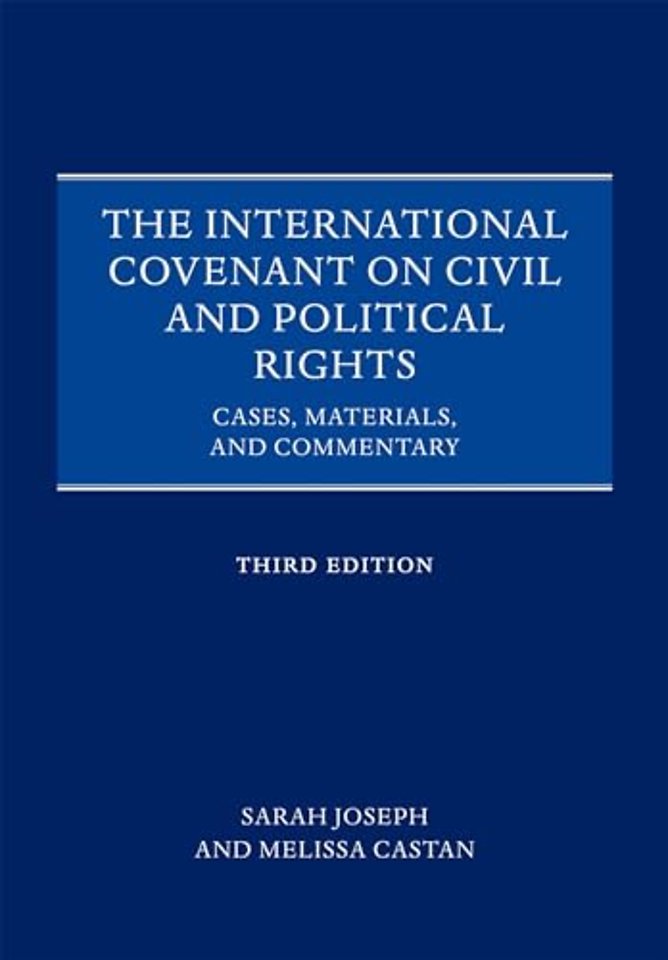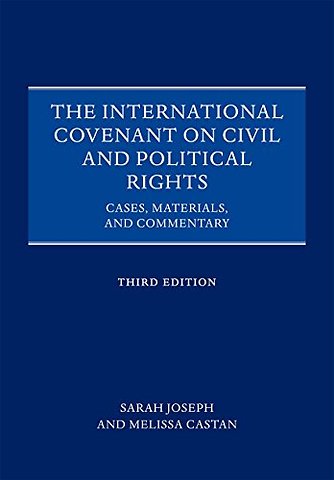The International Covenant on Civil and Political Rights; Cases, Materials, and Commentary
Editie: 3
Samenvatting
• Comprehensively updated new edition on arguably the most important human rights convention in the world
• Exhaustively systematises and analyses the jurisprudence of the UN Human Rights Committee
• Contains a detailed commentary on the Covenant, including extensive extracts from both the instrument and cases dealing with its implementation
• Clearly structured and meticulously indexed for optimal usefulness to practitioners and students
New to this edition:
• Fully updated to include new material on recent developments in the UN Human Rights Committee's case law
• Analysis of the significant new jurisprudential developments, including abortion, prisoners' voting rights, disappearances, and freedom of information
• New section devoted to the relationship of the ICCPR to other areas of international law
Now in its third edition, this book is the authoritative text on one of the world's most important human rights treaties, the International Covenant on Civil and Political Rights. The Covenant is of universal relevance. Adopted by the UN General Assembly in 1966 and in force from 1976, it commits the signatories and parties to respect the civil and political freedoms and rights of individuals. Monitored by the UN Human Rights Committee, the Covenant ratified by the majority of UN member states.
The book meticulously extracts and analyzes the jurisprudence over nearly forty years of the UN Human Rights Committee, on each of the various ICCPR rights, including the right to life, the right to freedom from torture, the right of freedom of religion, the right of freedom of expression, and the right to privacy, as well as admissibility criteria under the First Optional Protocol. Key miscellaneous issues, such as reservations, derogations, and denunciations, are also thoroughly assessed.
Comprehensively indexed and cross-referenced, this book offers elegant and straight-forward access to the jurisprudence of the Human Rights Committee and other UN human rights treaty bodies. Presented in a clear and illuminating manner, it will be of use to the judiciary, human rights practitioners, human rights activists, government institutions, academics, and students alike.
Readership: Scholars and students of international human rights law; judges and human rights practitioners; human rights activists







